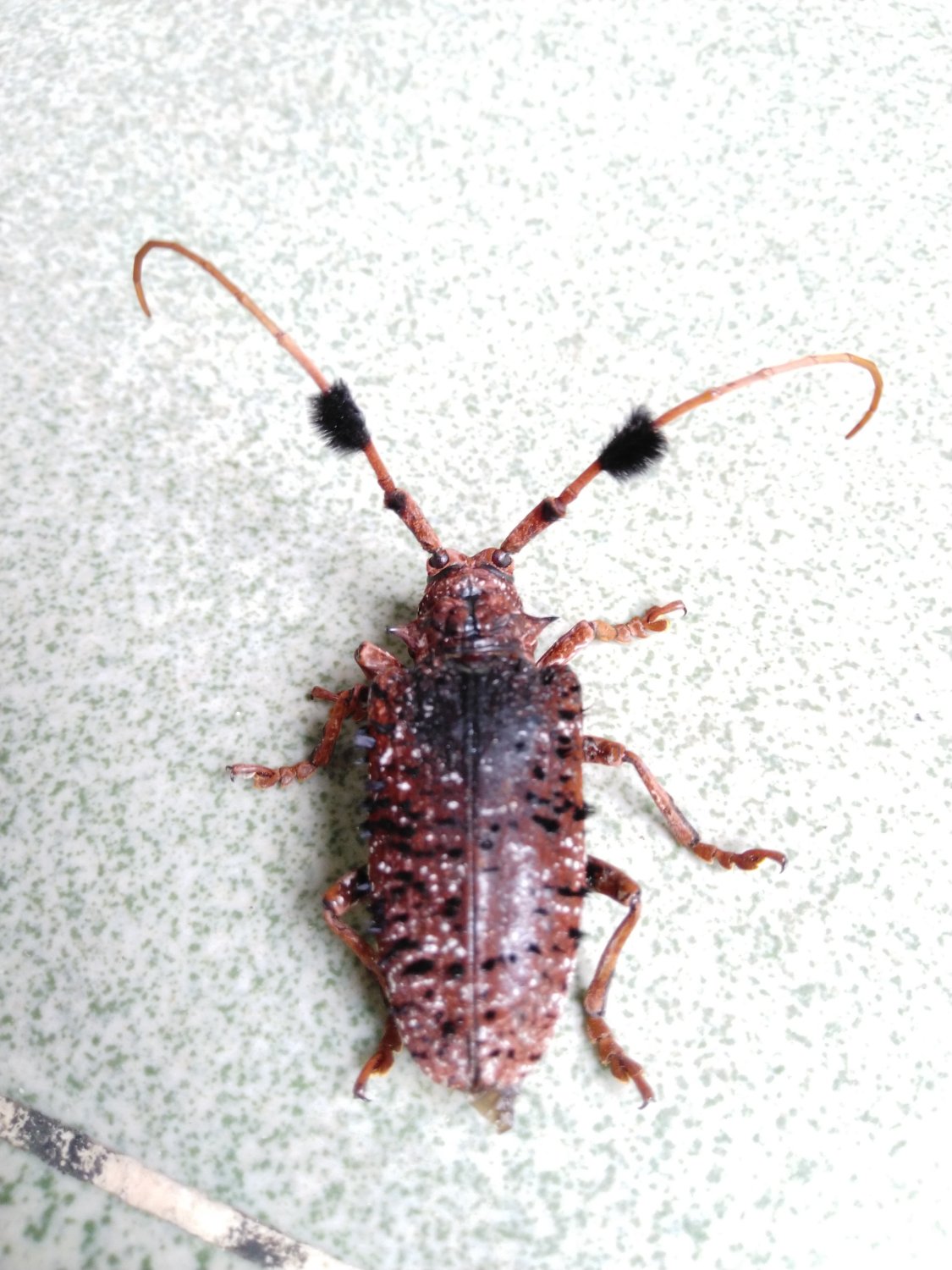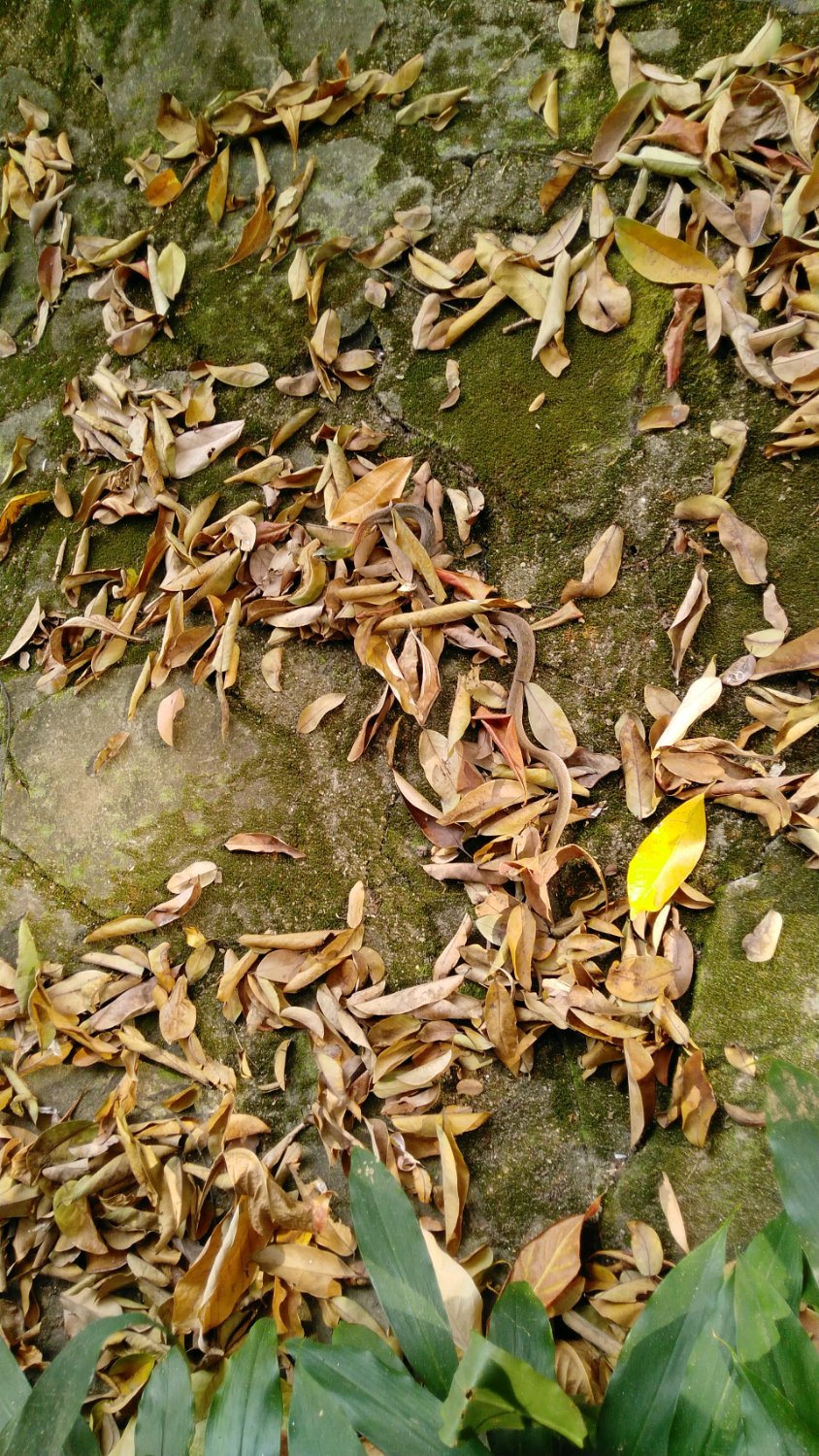I have no idea, would love to know though. Lived here for years and this is the only one I have seen. Southwest Cambodia, near Sihanoukville. Sorry, should have added that before.
I probably wouldn't have noticed it if some of the dry leaves had not slid down. They blend very well into tall grass too.
Yes, that's my potato phone. In my immediate area they are very common, or at least the most visible.
I usually see them 4-5 times a week.
This is near Sihanoukville
I would have to agree. I have seen one glide only once. The ones I saw in southern Thailand were yellow and black. My personal theory is that some herpetologist named these when opium was legal and readily available.
Indeed, relaxed immediately.
The adults are surprisingly fast and skittish. Here's a terrible photo of part of one.

Fair, but I'm a bit of an A hole honestly
view more: next ›
TeachableMoment
joined 7 months ago



















I believe you are correct, I am not a Grasshopoligist by training.